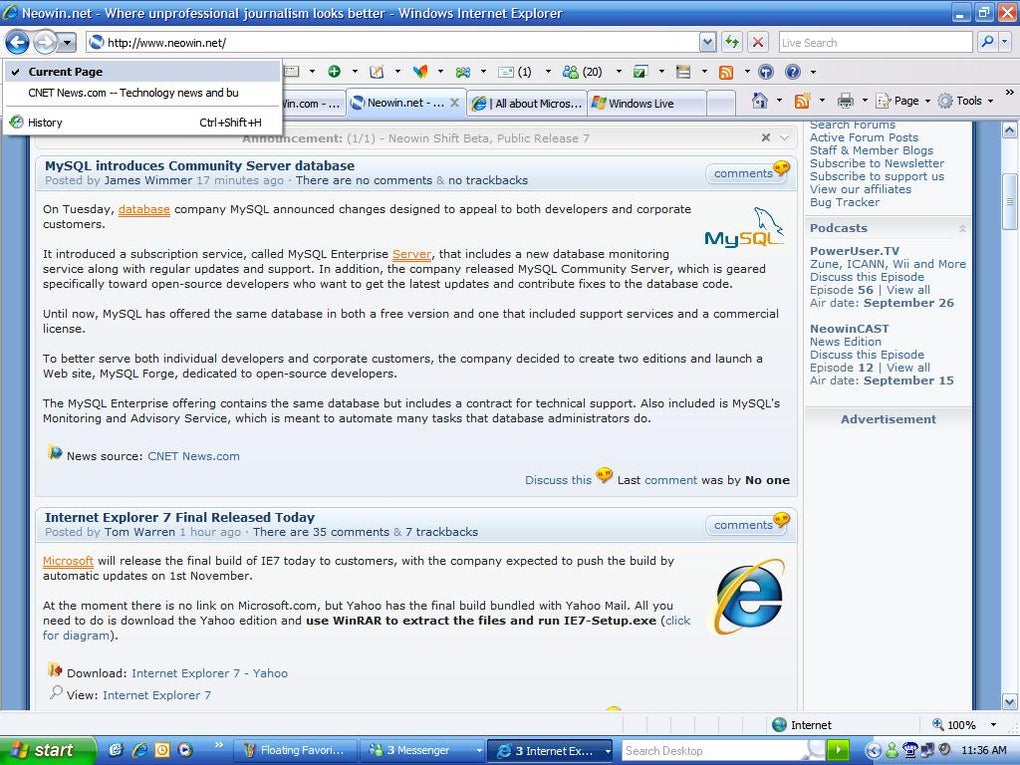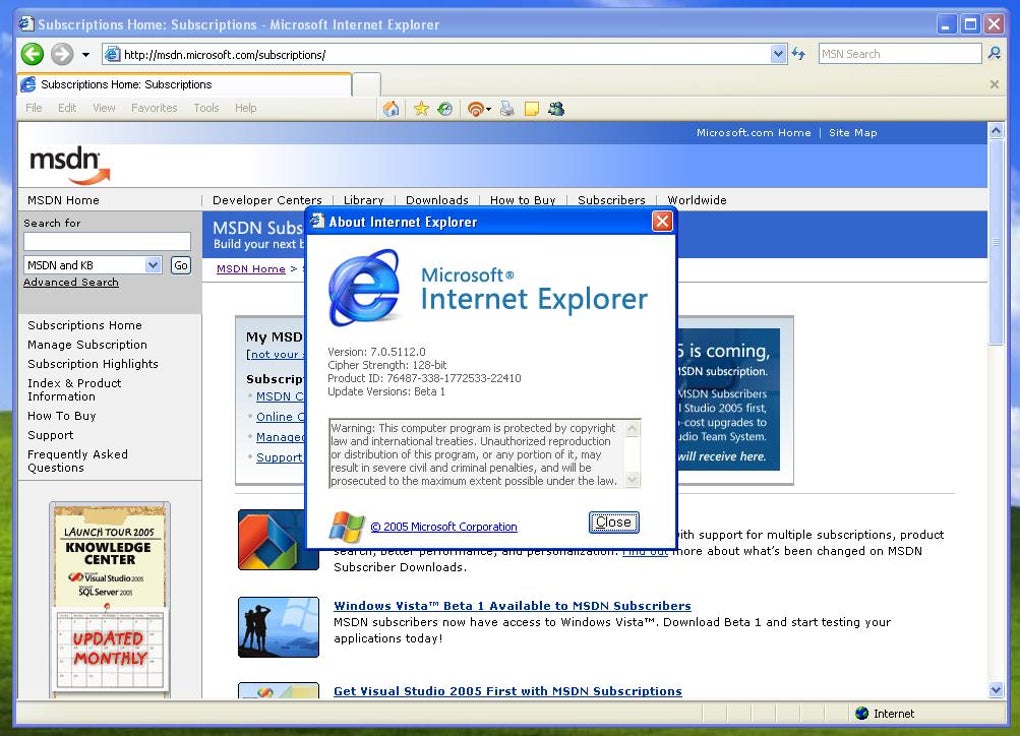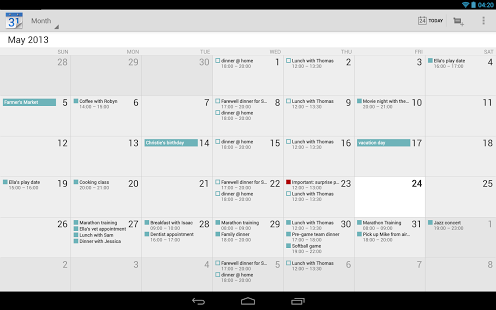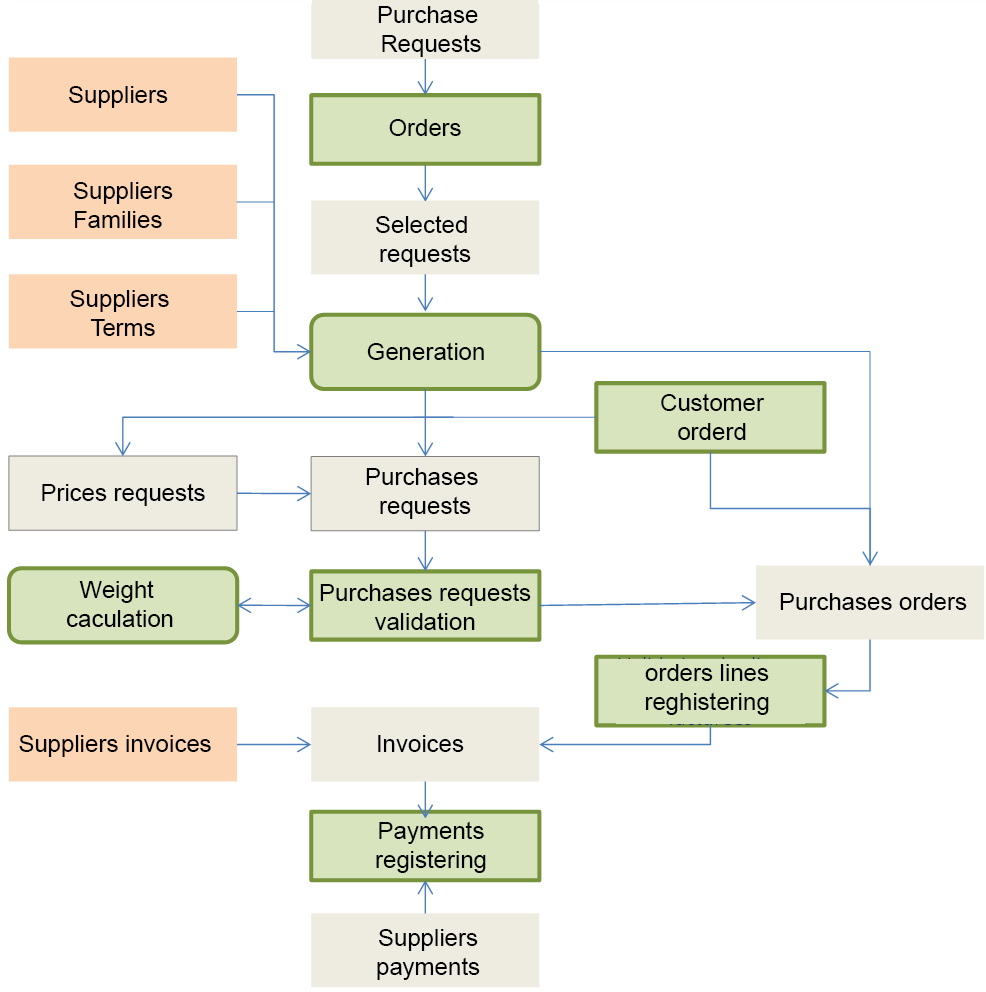That investment must also drive business value. According to a National Institute of Standards and Technology NIST document the first formal RBAC model was proposed in.
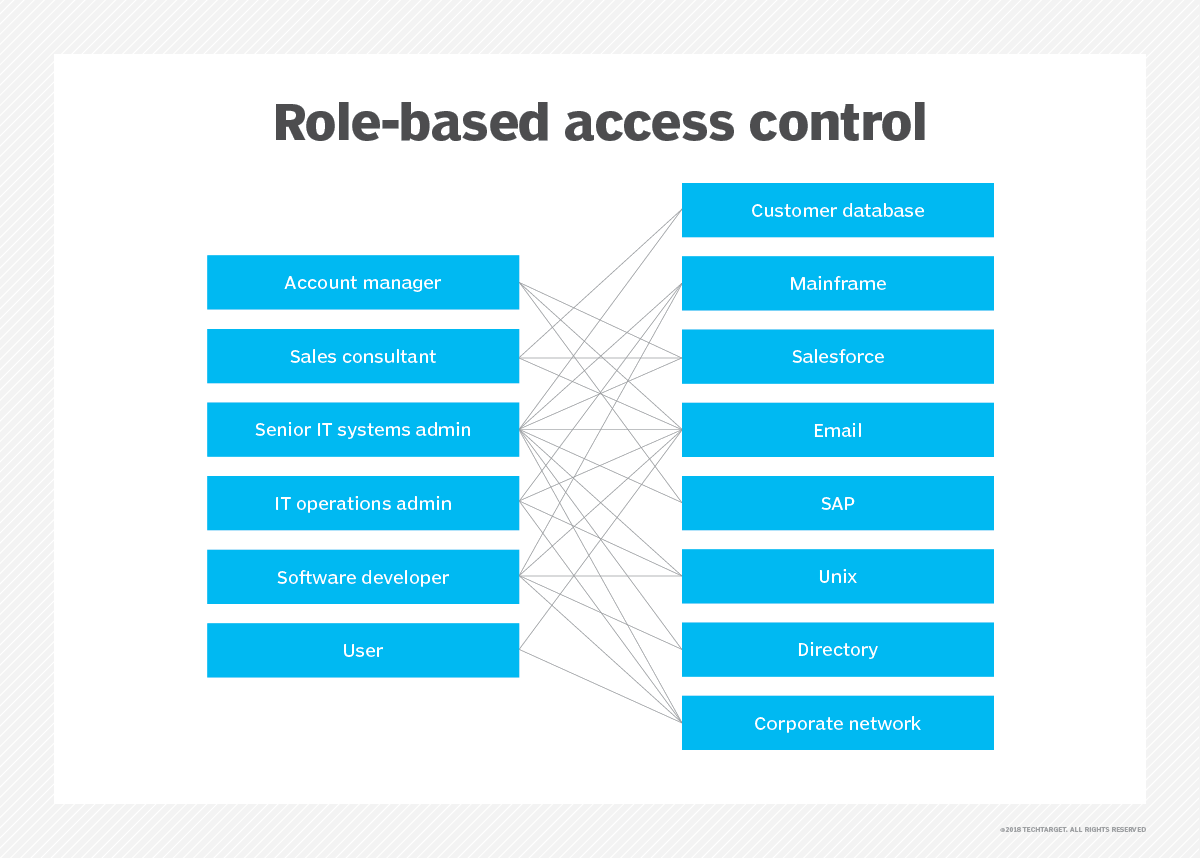 Sample Role Based Access Control In Cloud Alibaba Cloud Developer Forums Cloud Discussion Forums
Sample Role Based Access Control In Cloud Alibaba Cloud Developer Forums Cloud Discussion Forums
Azure role-based access control Azure RBAC has several Azure built-in roles that you can assign to users groups service principals and managed identities.
Role based access control. RBAC if implemented correctly can be an effective way of enforcing the principle of least privilege. The key term here is role-based. Role-based access control RBAC is an approach to data security that permits or restricts system access based on an individuals role within the organization.
Role-Based Access Control Role-based access control RBAC is an alternative approach to mandatory access control MAC and discretionary access control DAC for the purpose of restricting system access to authorized users. What is Role-Based Access Control. Role-based access control is a way to provide security because it only allows employees to access information they need to do their jobs while preventing them from accessing additional information that is not relevant to them.
Role based access control RBAC also called role based security as formalized in 1992 by David Ferraiolo and Rick Kuhn has become the predominant model for advanced access control because it reduces this cost. Rouse adds It lets employees have access rights only to the information they need to do their jobs and prevents them from accessing information that doesnt pertain to them. Role-based access control RBAC also known as role-based security is an access control method that assigns permissions to end-users based on their role within your organization.
The primary difference between RBAC and ABAC is RBAC provides access to resources or information based on user roles while ABAC provides access rights based on user environment or resource. If the built-in roles dont meet the specific needs of your organization you can create your own Azure custom roles. Role Based Access Control RBAC is a critical capability for organizations that deploy applications into the cloud.
Role-based access control can be implemented to enforce mandatory access control MAC or alternatively discretionary access control DAC. A mandatory access control MAC policy is a computer systems security approach of assigning access rights based on regulations put in place by the central policy. Role assignments are the way you control access to Azure resources.
Role-based access control RBAC refers to the idea of assigning permissions to users based on their role within an organization. That investment must also drive business value. Role-based access control RBAC is an approach to handling security and permissions in which roles and permissions are assigned within an organizations IT infrastructure.
RBAC lets employees have access rights only to the information they need to do their jobs and prevents them from. RBAC is policy neutral. Role-Based Access Control RBAC is a security paradigm whereby users are granted access to resources based on their role in the company.
Azure role-based access control Azure RBAC helps you manage who has access to Azure resources what they can do with those resources and what areas they have access to. Role-based access control RBAC is a method of access security that is based on a persons role within a business. Margaret Rouse of TechTarget defines role-based access control as a method of restricting network access based on the roles of individual users within an enterprise.
This is what distinguishes RBAC from other security approaches such as. Role-based access control RBAC and attribute-based access control ABAC are two ways of controlling the authentication process and authorizing users. RBAC provides fine-grained control offering a simple manageable approach to access management that is less error-prone than individually assigning.
It offers a simple manageable approach to access management that is less prone to error than assigning permissions to users individually. Role-based access control is a scalable framework for managing access that requires a significant amount of up-front analysis and configuration. Table of contents.
This infers that data consumers can only access data that pertains to their job functions. The approach is called role-based access control RBAC. Controlling user access to applications and resources within the cloud is a necessary step towards maintaining the security of the organizations information assets and proactively protecting against cyber attacks.
Role-based access control RBAC is a method of restricting network access based on the roles of individual users within an enterprise. Mandatory Access Control. What is role-based access control.
Azure RBAC is an authorization system built on Azure Resource Manager that provides fine-grained access management of Azure resources.

